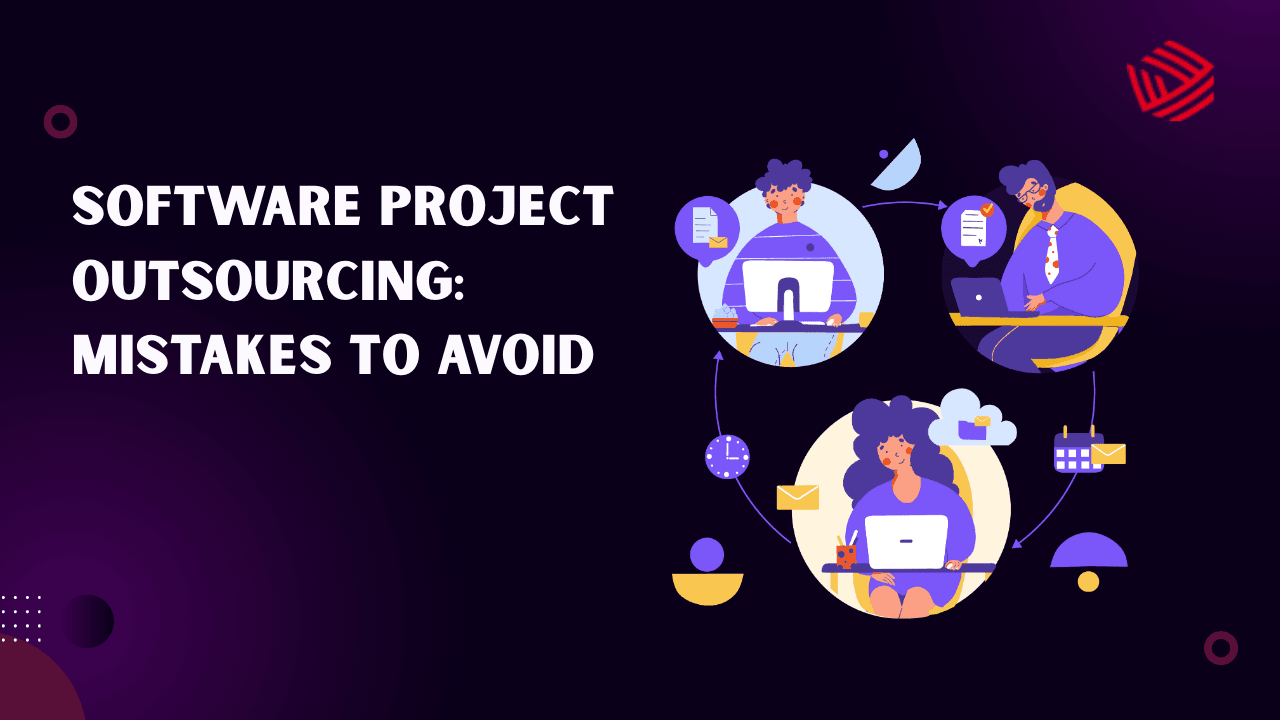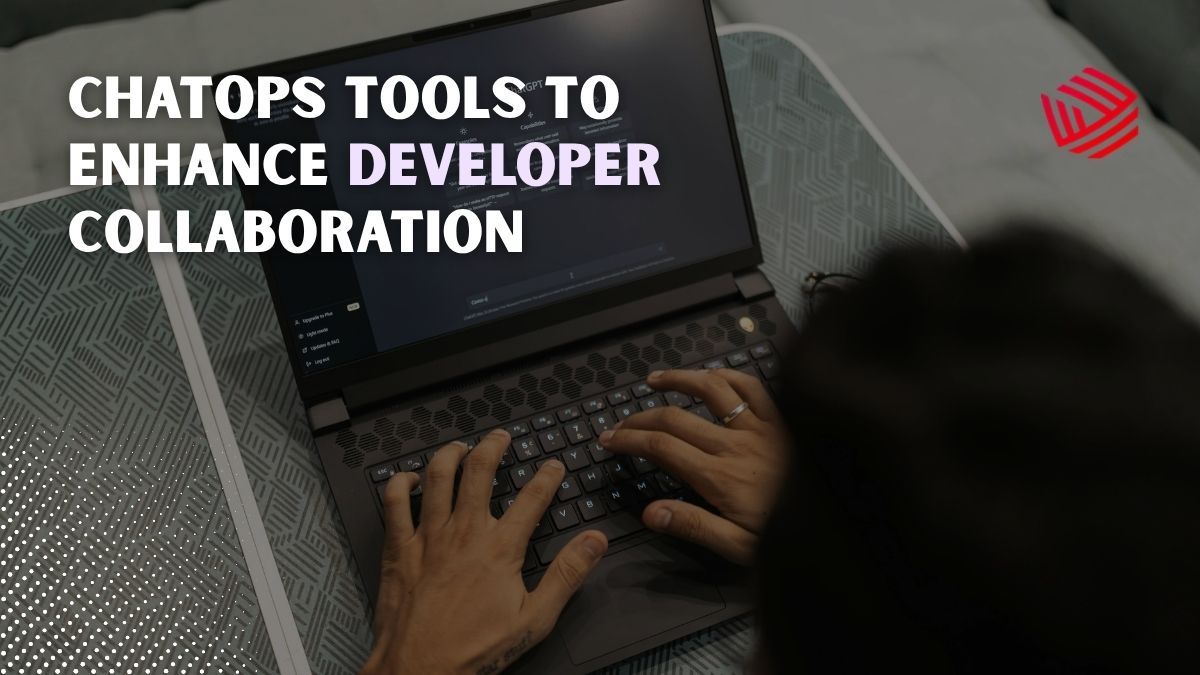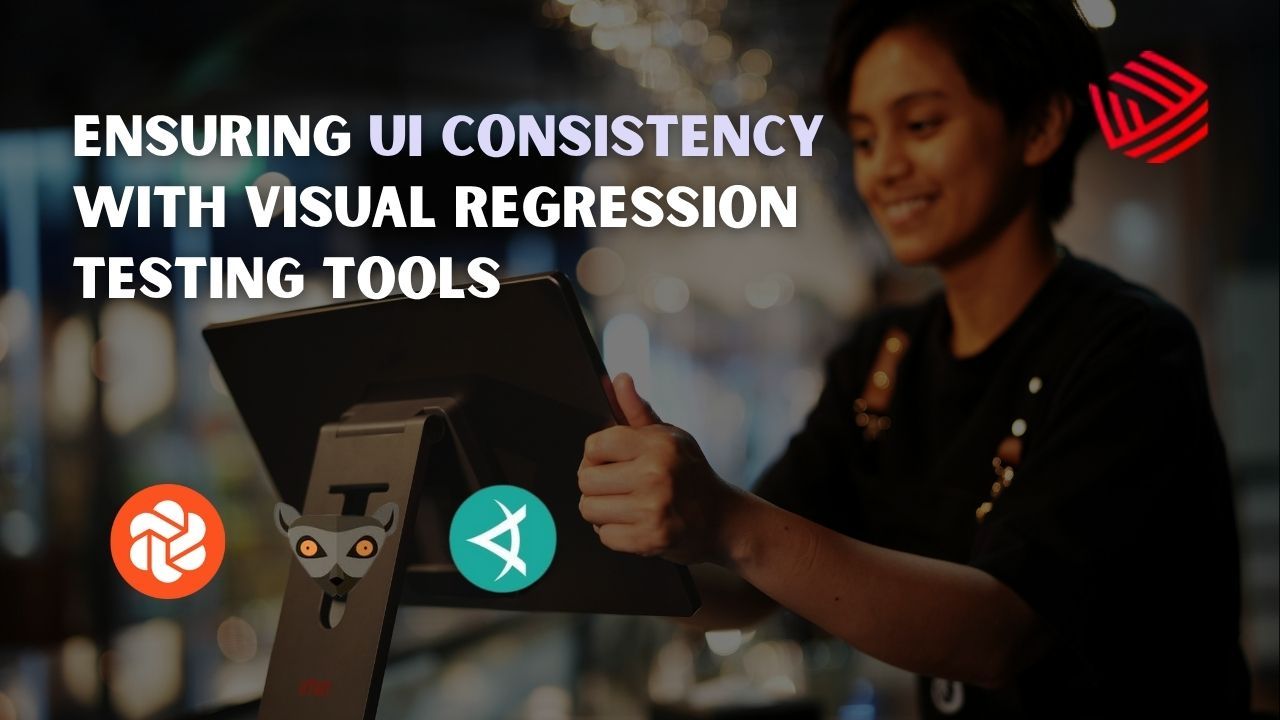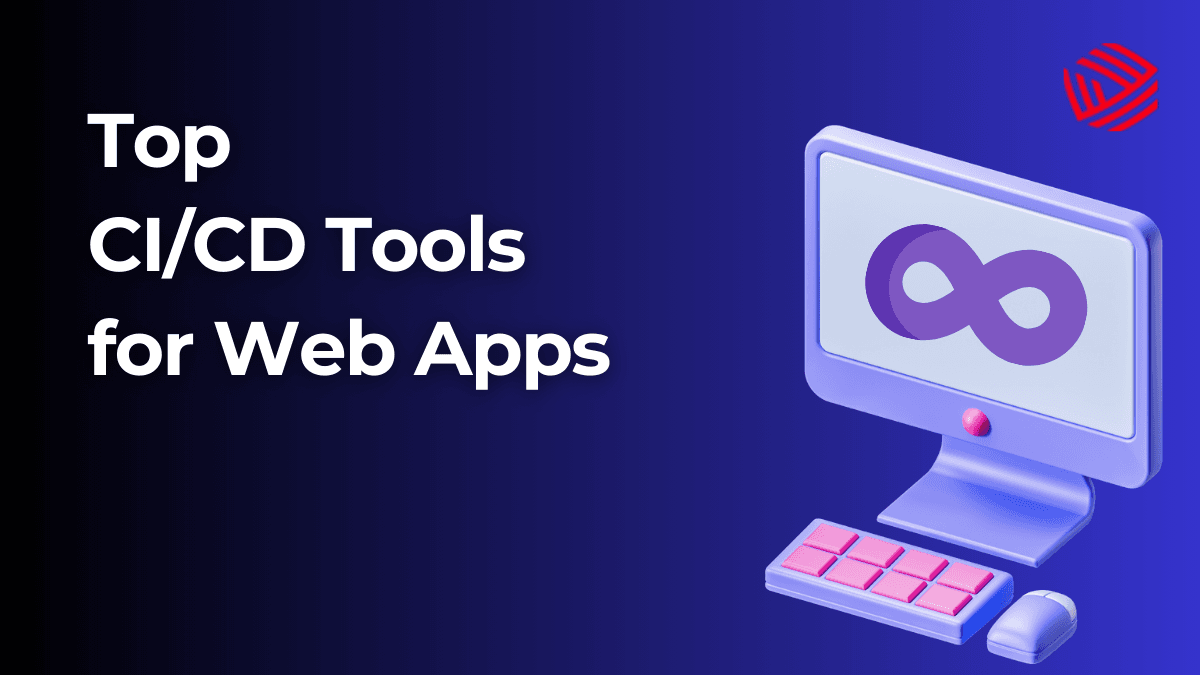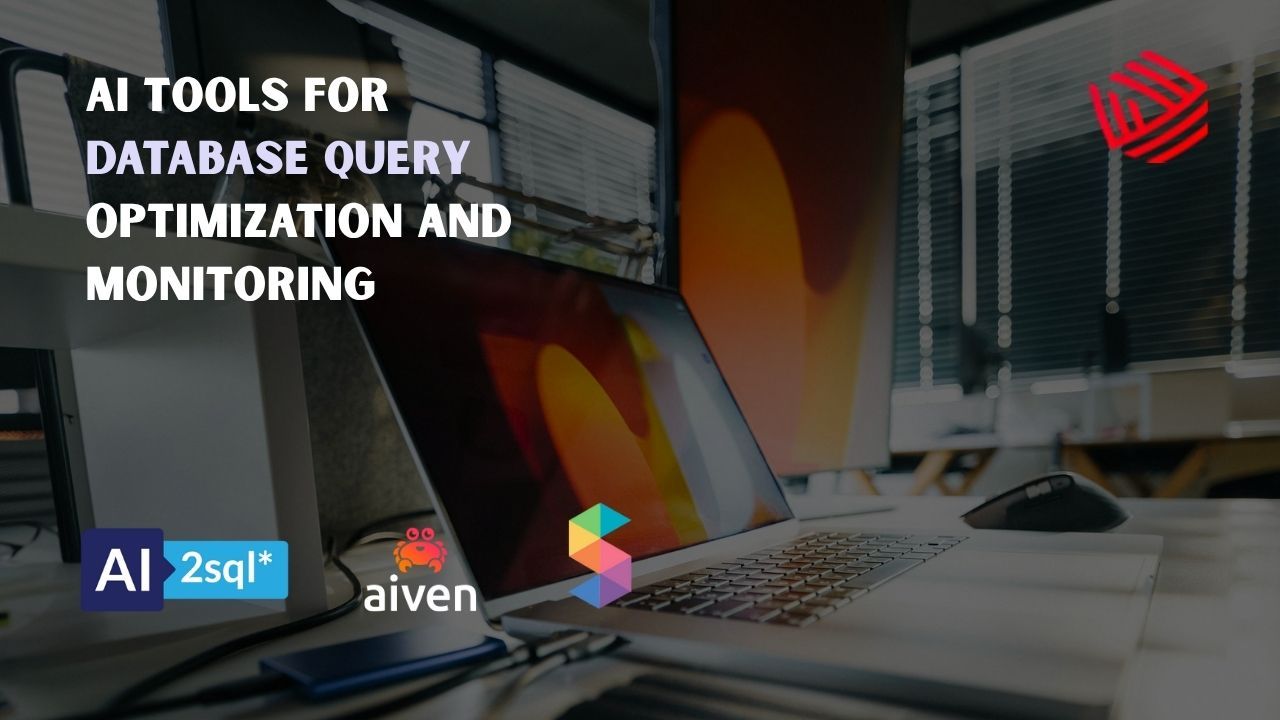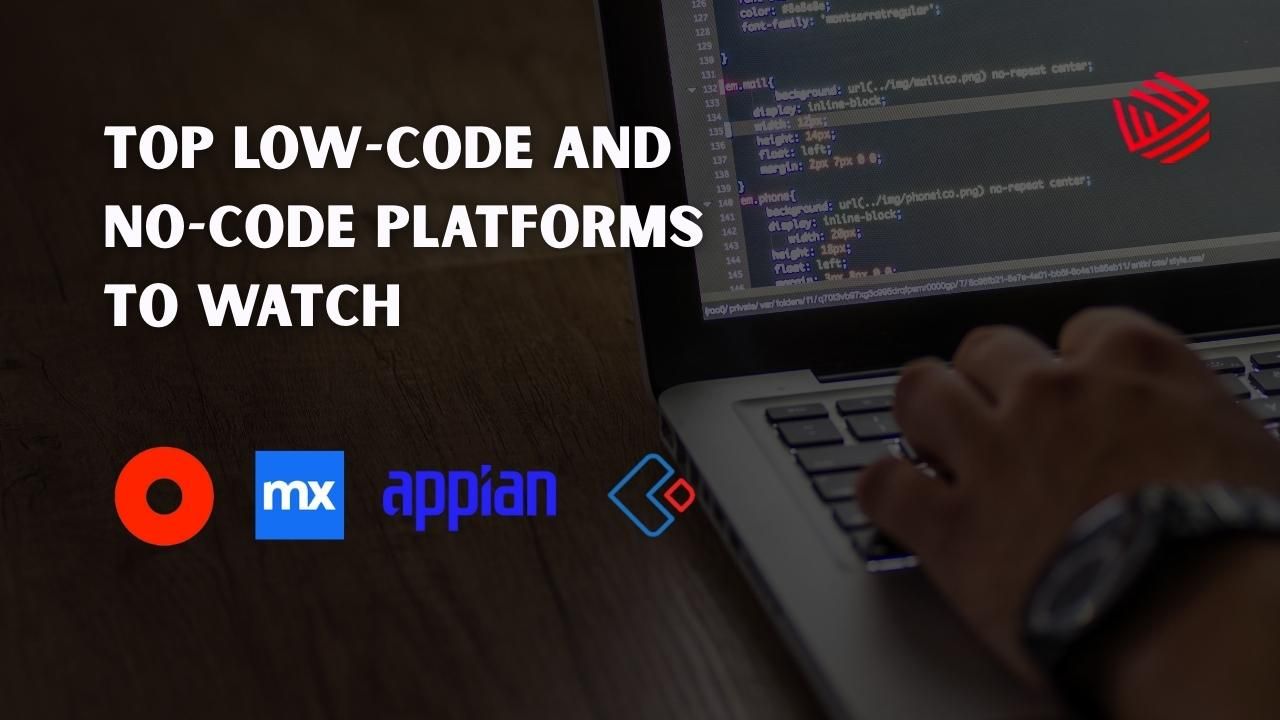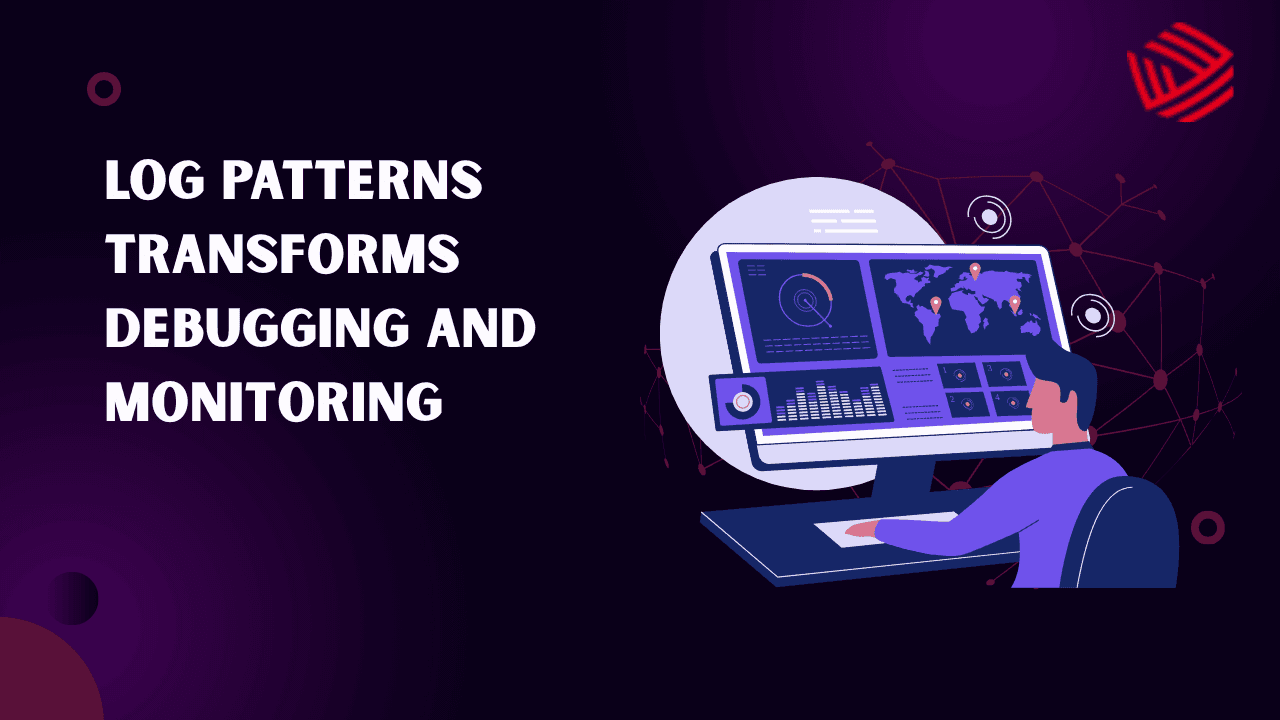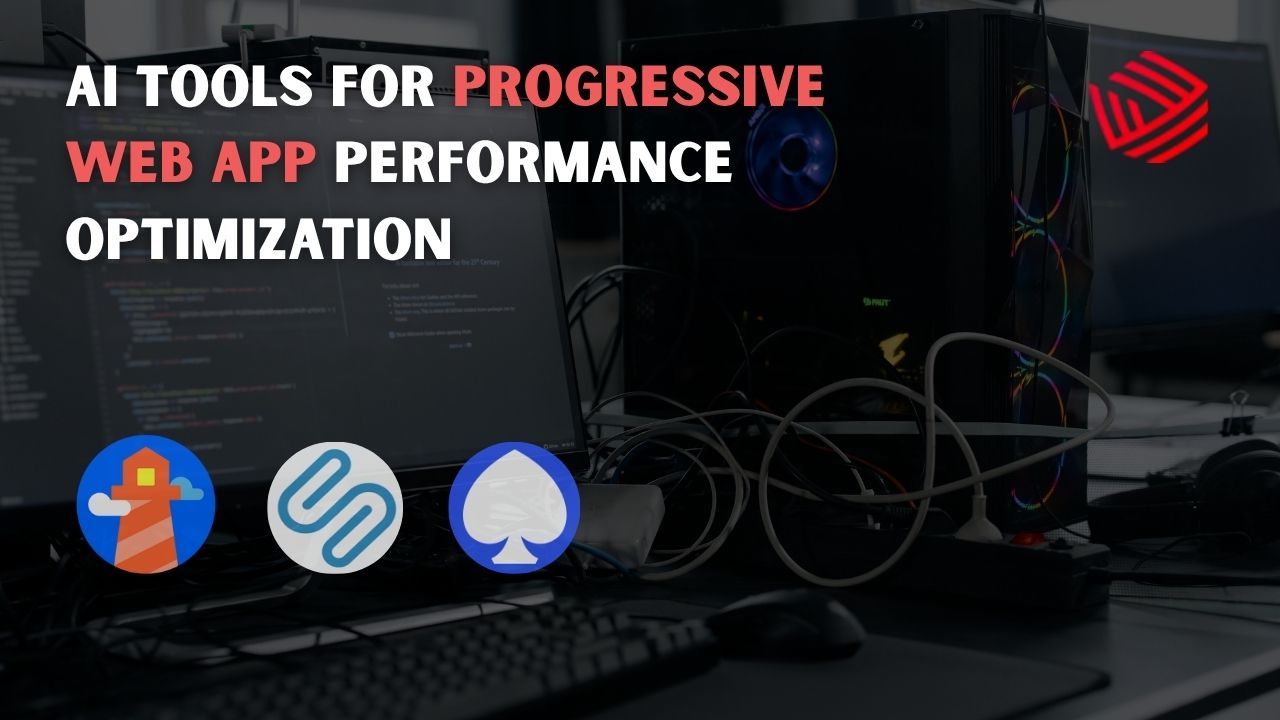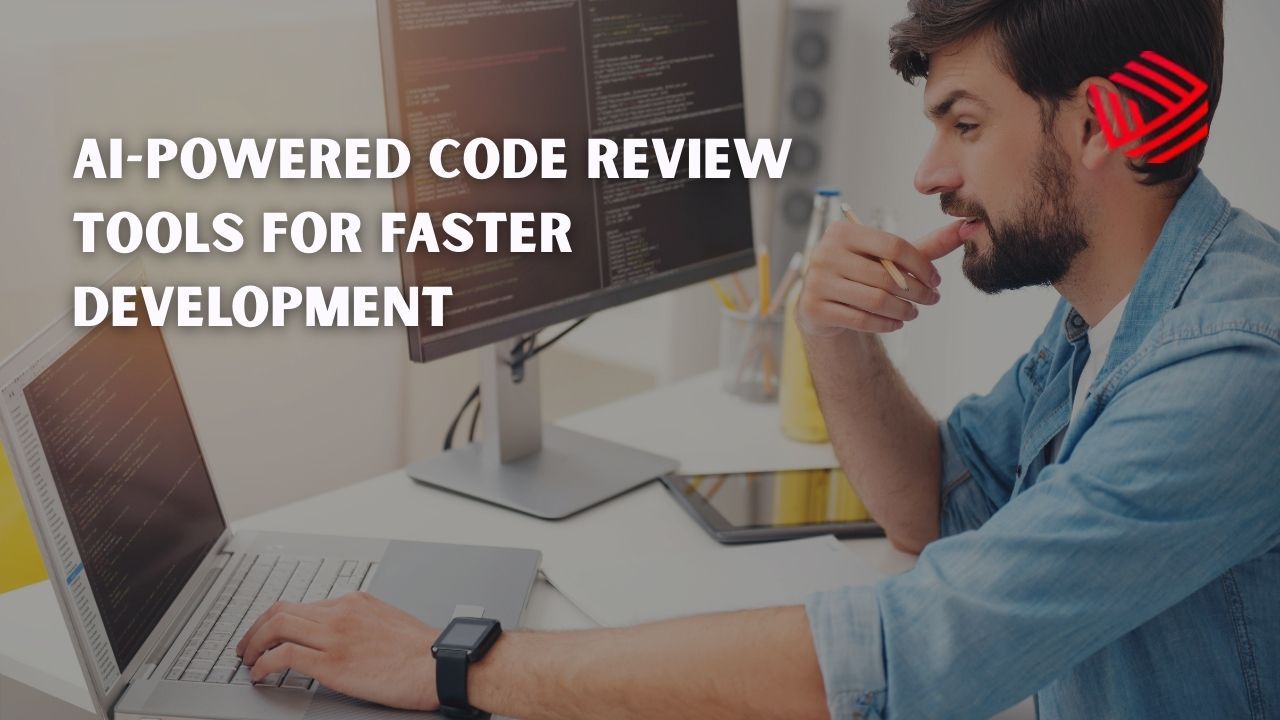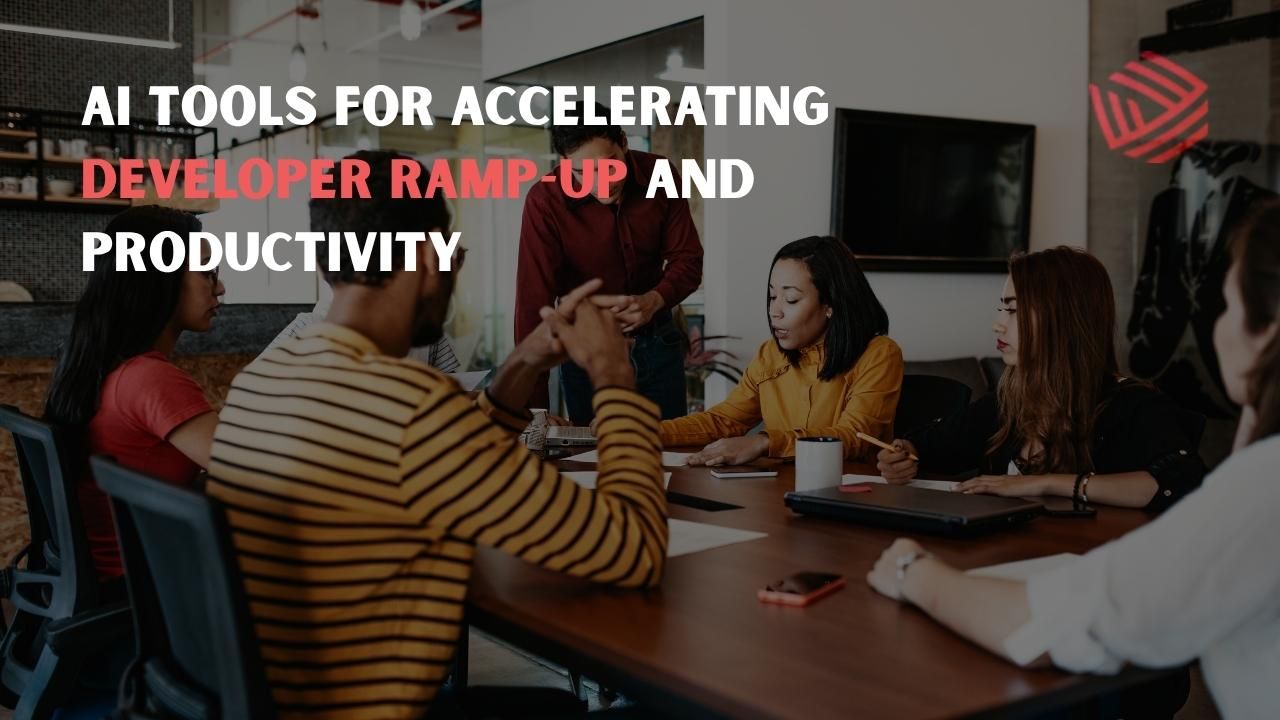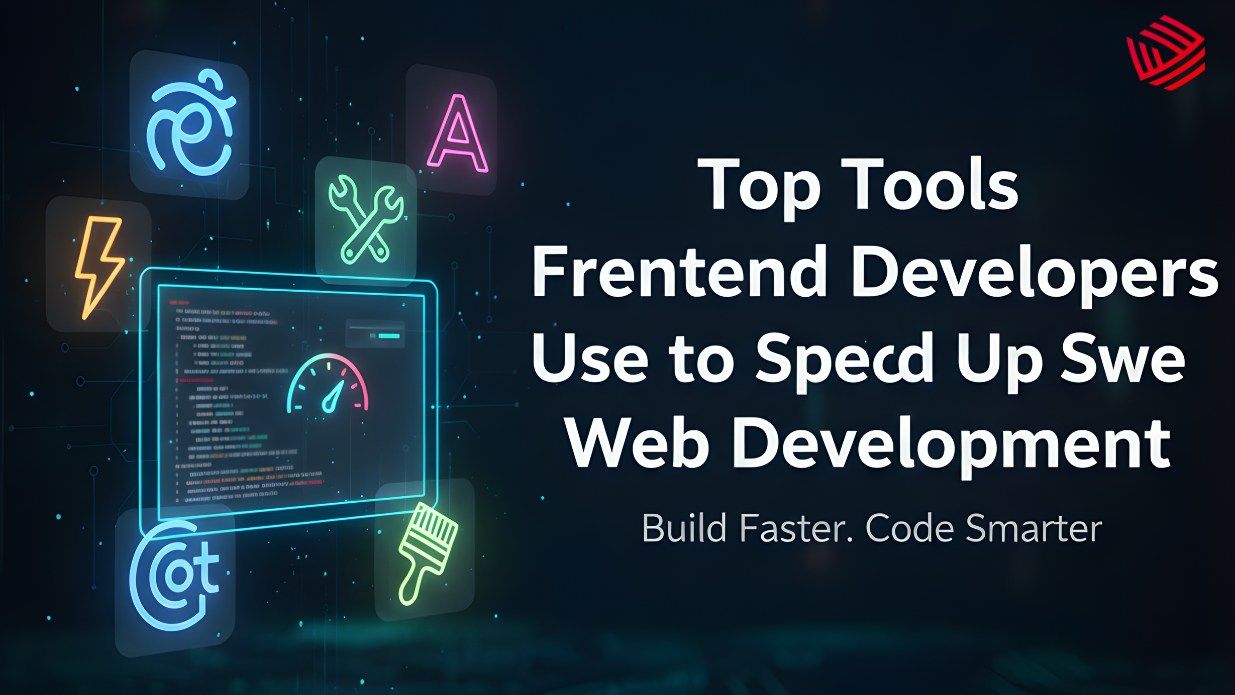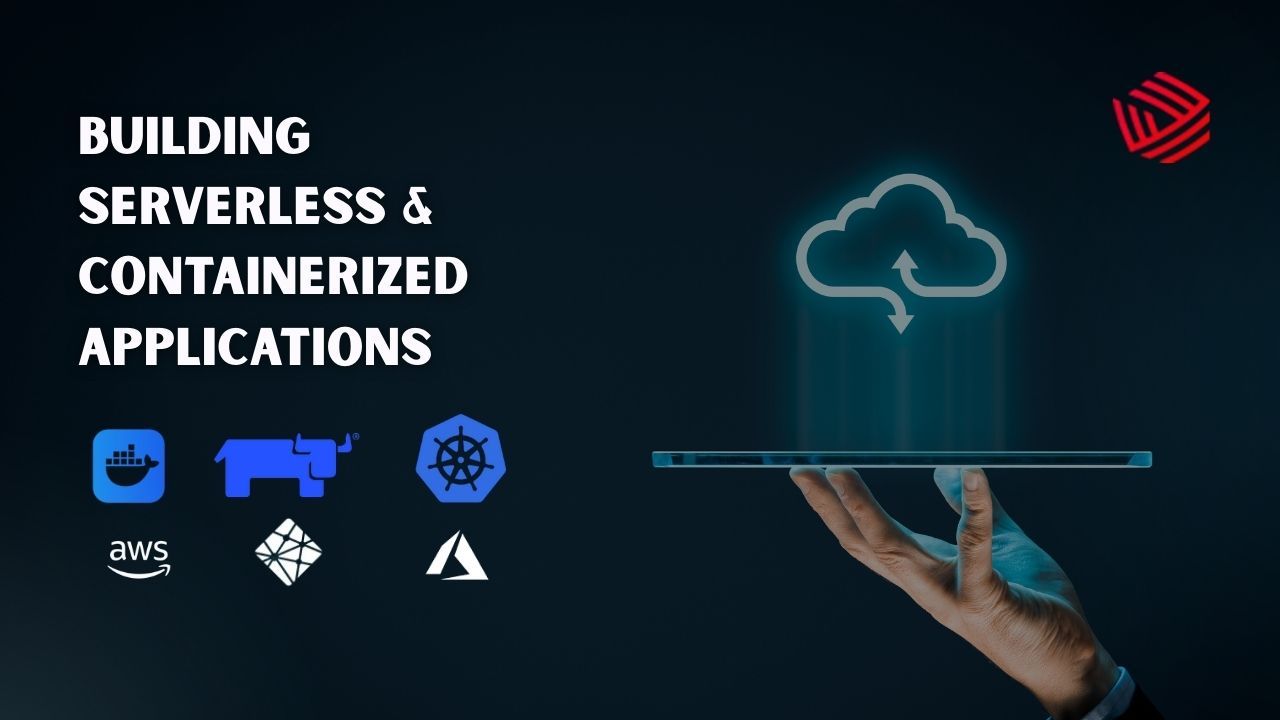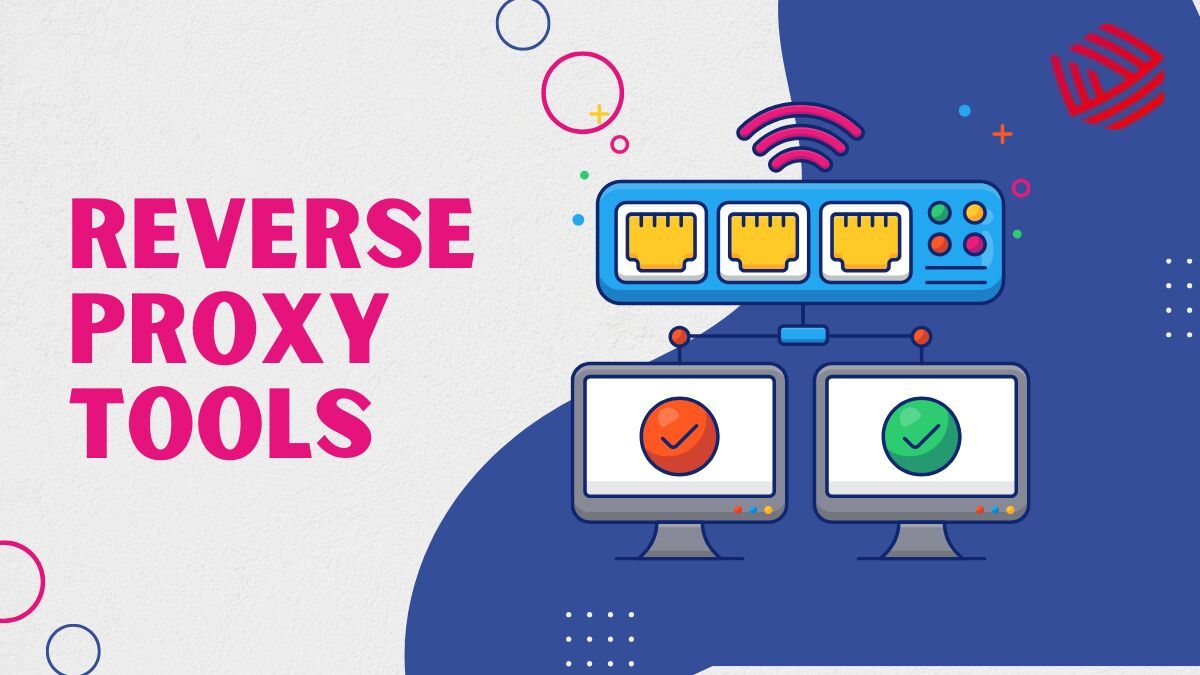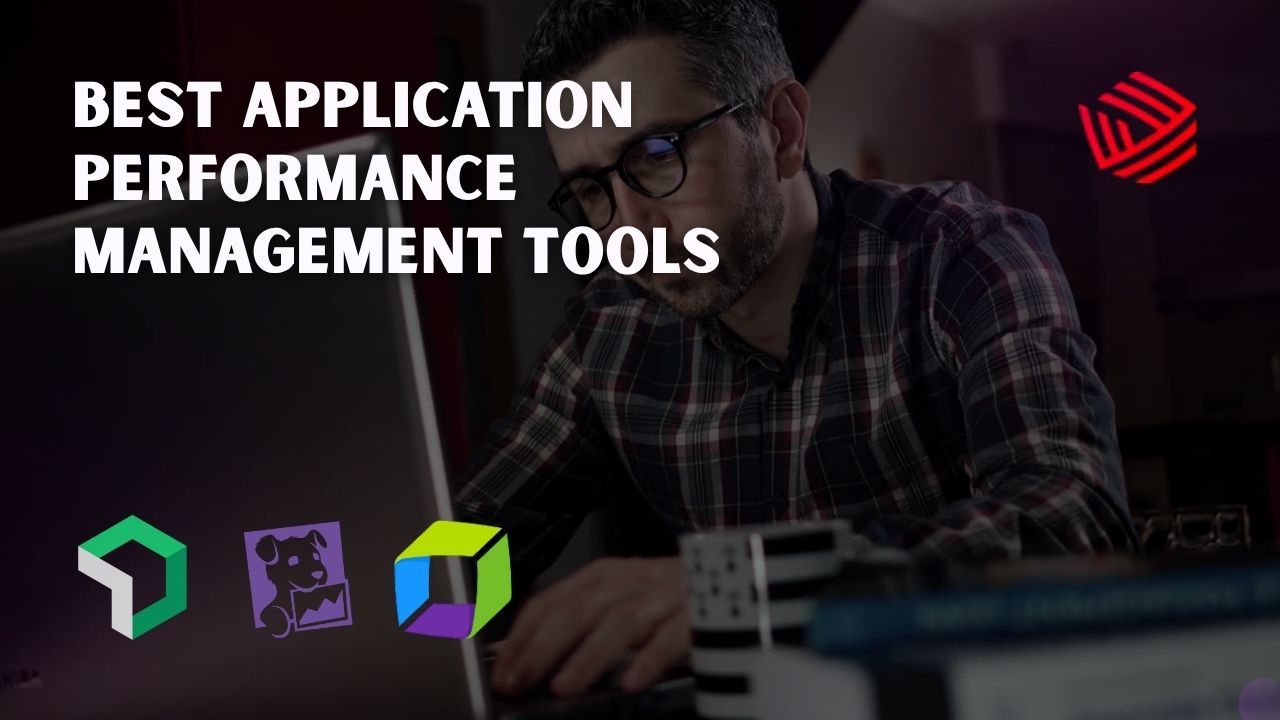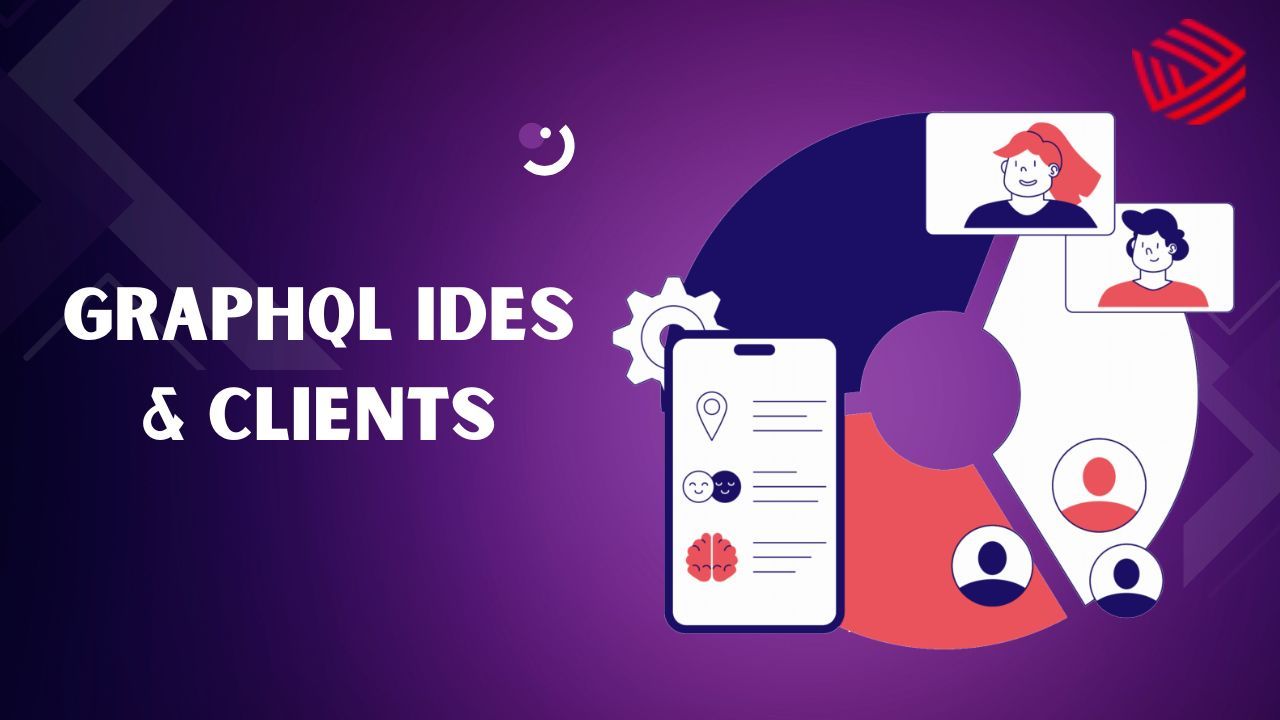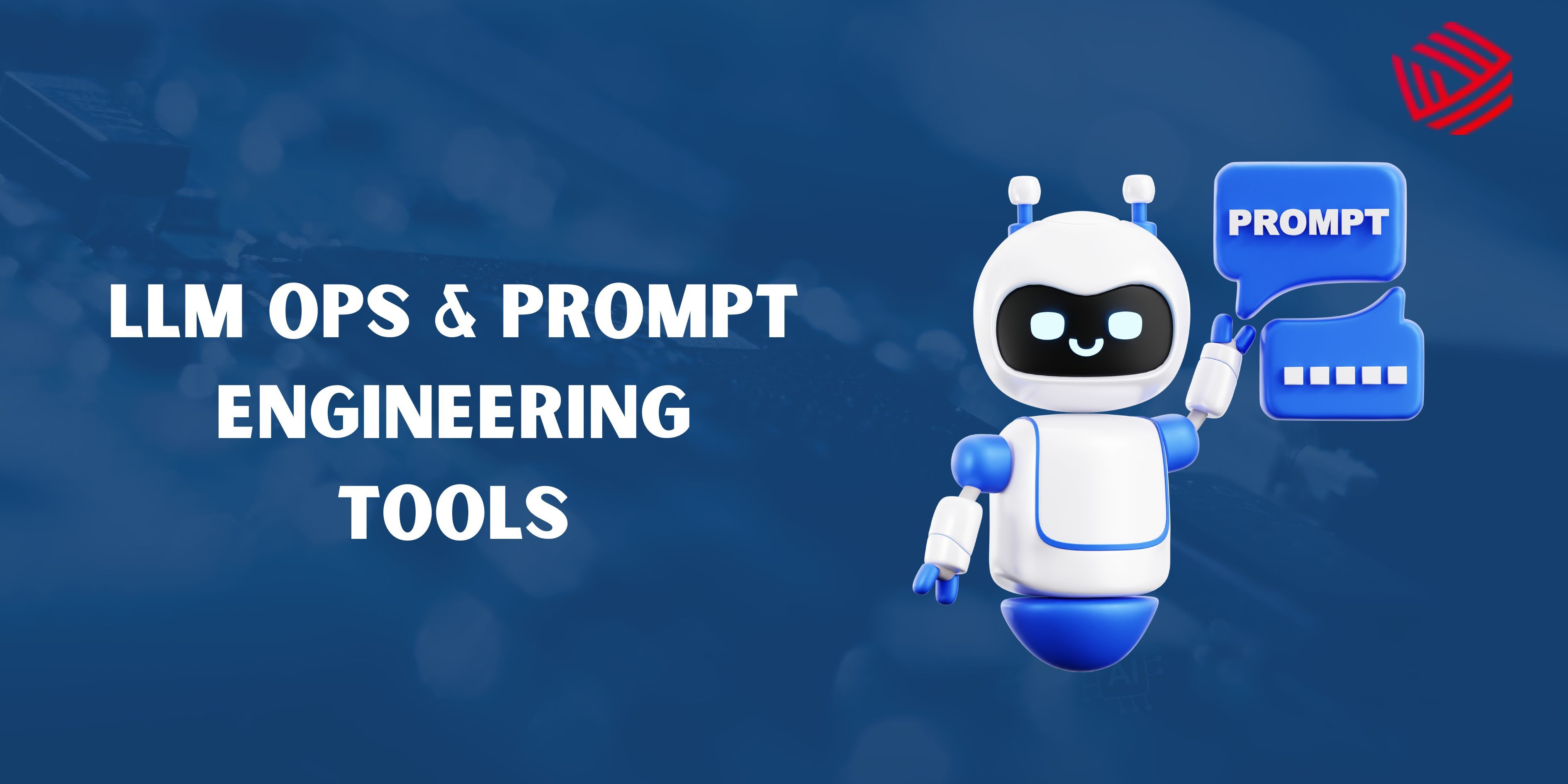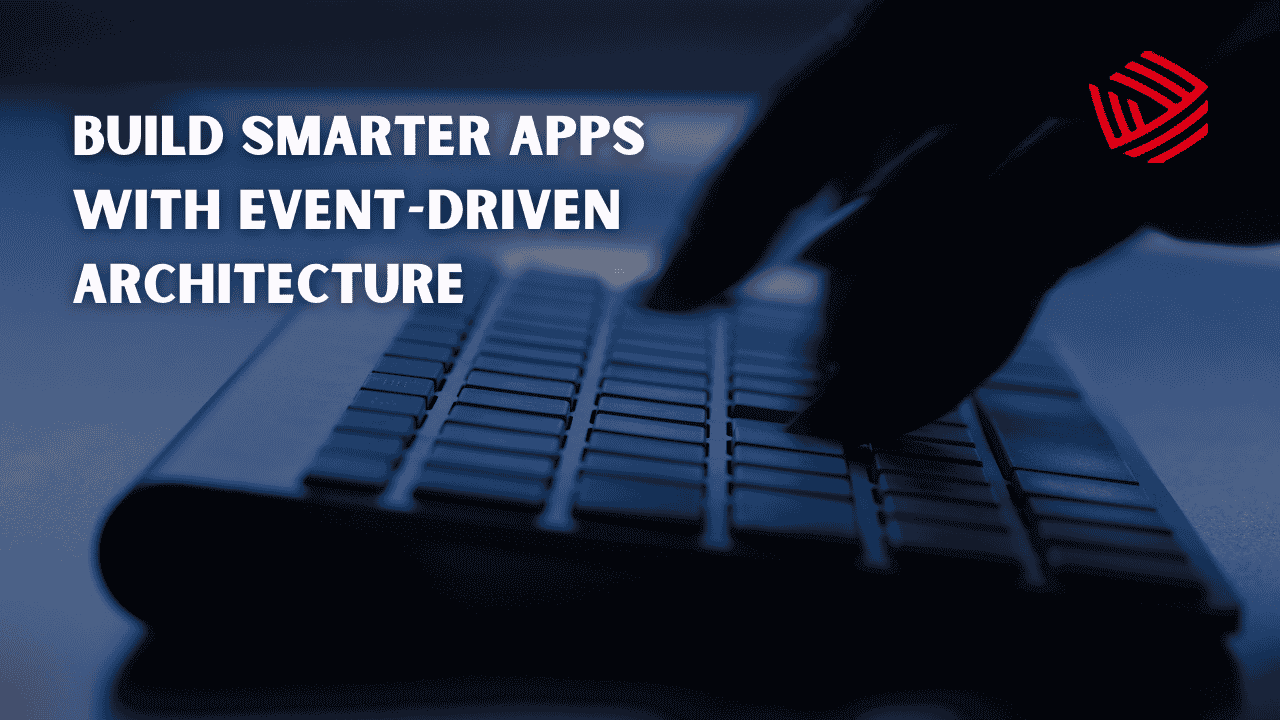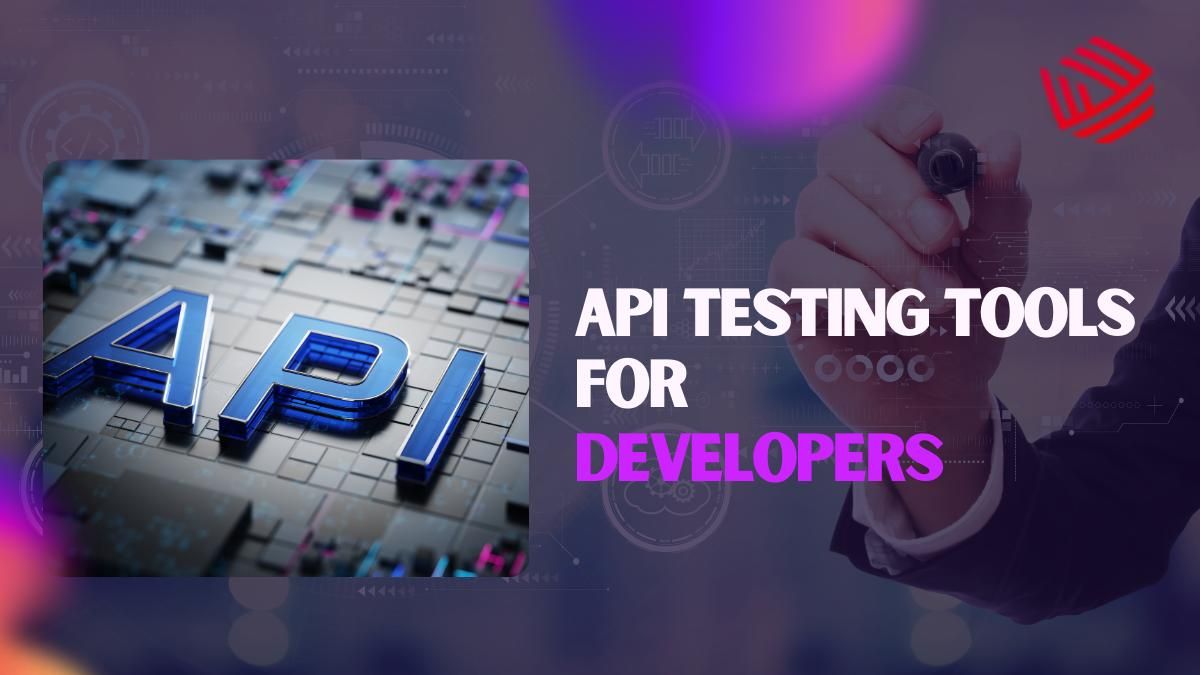Outsourcing has become a strategic lever for businesses seeking to accelerate digital transformation, reduce costs, and gain access to specialized expertise. From startups building their first MVP to enterprises scaling complex platforms, outsourcing enables teams to move faster without expanding internal headcount.
Yet, despite its advantages, outsourcing often fails — not because it’s inherently flawed, but because companies approach it the wrong way. Delayed timelines, cost overruns, and disappointing outcomes are usually the result of avoidable mistakes in planning and execution. Below are the 10 most common outsourcing mistakes — and how you can avoid them to build more successful partnerships.
1. Choosing Vendors Based Solely on Price
It’s tempting to choose the lowest bid, especially when cost savings are a primary driver. But in outsourcing, cheaper rarely means better. Vendors that underquote often cut corners on architecture, security, or testing. The result? Software that might work initially but fails under real-world usage.
For example, an eCommerce startup that chose a budget vendor saved 30% on upfront costs — only to spend double later fixing scalability and payment integration issues.
Takeaway: Price should be one factor, not the only one. Evaluate vendors on quality, expertise, and ability to deliver long-term value.
2. Starting Without Well-Defined Requirements
Many outsourcing projects fail before they begin because the scope is vague. When requirements are left open to interpretation, developers fill the gaps with assumptions. This leads to misaligned features, scope creep, and delays.
What helps:
- Drafting a clear problem statement.
- Listing features as “must-have” vs. “nice-to-have.”
- Creating user stories or workflows.
- Defining KPIs (e.g., faster load times, increased conversion).
Without this clarity, even the best vendor will struggle to deliver a product that meets expectations.
3. Ignoring Cultural and Time Zone Compatibility
The promise of global talent is real, but so are the challenges. A 9–12 hour time difference can turn a simple query into a two-day delay. Cultural differences — such as reluctance to challenge assumptions or raise blockers — can compound misunderstandings.
For example, a US-based fintech company outsourced to a team in Eastern Europe but struggled with missed standups and delayed communication, slowing down delivery.
Tip: Look for teams with at least a 3–4 hour overlap in working hours. Even better, ensure the vendor demonstrates strong English proficiency and proactive communication.
4. Skipping Due Diligence on Vendors
Choosing a vendor after a polished sales call is risky. Many firms overpromise, only for the delivery team to lack relevant experience.
Due diligence should cover:
- Reviewing case studies in similar industries.
- Speaking with past clients (references).
- Checking the vendor’s team structure — do they rely on freelancers or in-house staff?
- Ensuring they can scale resources if your project grows.
A SaaS company we worked with once switched vendors mid-project because their chosen partner lacked backend expertise, even though they claimed otherwise. Thorough due diligence upfront would have avoided months of wasted effort.
5. Weak Communication Structures
Even skilled teams fail without clear communication. Ad-hoc updates, inconsistent documentation, or unclear responsibilities cause confusion. Problems surface late, often when they’re most expensive to fix.
Best practices include:
- Weekly or bi-weekly sprint reviews.
- Shared dashboards (Jira, Trello, Asana).
- Defined escalation paths.
- One point of contact on each side.
A structured communication rhythm ensures both sides stay aligned, reducing surprises.
6. Overlooking Data Security and IP Protection
Outsourcing means external teams access your codebase, infrastructure, and sometimes sensitive customer data. Without safeguards, you risk compliance violations or IP disputes.
Critical protections include:
- Signed NDAs and clear IP ownership clauses.
- Vendor compliance with GDPR, HIPAA, or SOC 2 (depending on your industry).
- Role-based access to data and code.
One healthcare provider outsourcing mobile app development faced a regulatory scare because their vendor wasn’t HIPAA-compliant. These risks are preventable with the right due diligence.
7. Misaligned Project Management Styles
If your internal team follows Agile and the vendor uses Waterfall, expect conflict. Agile thrives on iterations, while Waterfall locks scope upfront. Misalignment causes confusion about deliverables and timelines.
Agree on methodology before starting:
- Agile/Scrum for dynamic projects.
- Waterfall for fixed-scope, shorter projects.
- Hybrid for long-term enterprise builds.
When everyone follows the same rhythm — sprint reviews, demos, retrospectives — accountability and transparency improve dramatically.
8. Setting Unrealistic Timelines
Stakeholders often push vendors for aggressive delivery timelines. But software development involves discovery, iteration, and testing. Compressing timelines too tightly means developers cut corners, leading to fragile systems.
A marketplace startup once demanded a 2-month MVP that realistically needed 4 months. The product launched but collapsed under user load, costing them both users and credibility.
Reality check: A sustainable timeline saves you money in the long run. Always factor buffer time for QA, bug fixing, and refinements.
9. Neglecting Testing and Quality Assurance
Assuming that the vendor will “take care of testing” is a mistake. Unless testing is explicitly part of the plan, it gets rushed or sidelined. The result? Bugs slip into production, damaging user trust.
Types of testing you should insist on:
- Unit and integration testing.
- Load and performance testing.
- Security testing.
- User Acceptance Testing (UAT).
Skipping QA may save time in the short term, but the long-term costs — maintenance, lost revenue, reputational damage — are far higher.
10. Treating Outsourcing as a One-Off Transaction
Many companies view outsourcing as a way to “get the code and be done.” But software is never done — it evolves with users, markets, and technology. Without ongoing support, your app risks becoming outdated or insecure.
The best outcomes come from treating vendors as long-term partners who contribute beyond coding — advising on architecture, scalability, and even product strategy. Building relationships, not just contracts, ensures continuity and innovation.
Conclusion
Outsourcing can either accelerate your business or drain it. The difference lies not in location or vendor rates, but in how you approach the partnership. Clear requirements, rigorous vendor selection, aligned methodologies, and structured communication are what make outsourcing successful. By avoiding these 10 mistakes, companies can turn outsourcing into a strategic advantage — delivering projects on time, within budget, and ready to scale with business growth.
Ultimately, outsourcing is not just a cost-saving tactic but a growth enabler when done right. Companies that invest in the right vendor relationships gain flexibility, faster innovation cycles, and access to niche expertise that would be hard to build in-house. By treating outsourcing as a collaborative journey rather than a transactional arrangement, businesses unlock its full potential to drive sustainable digital transformation.

